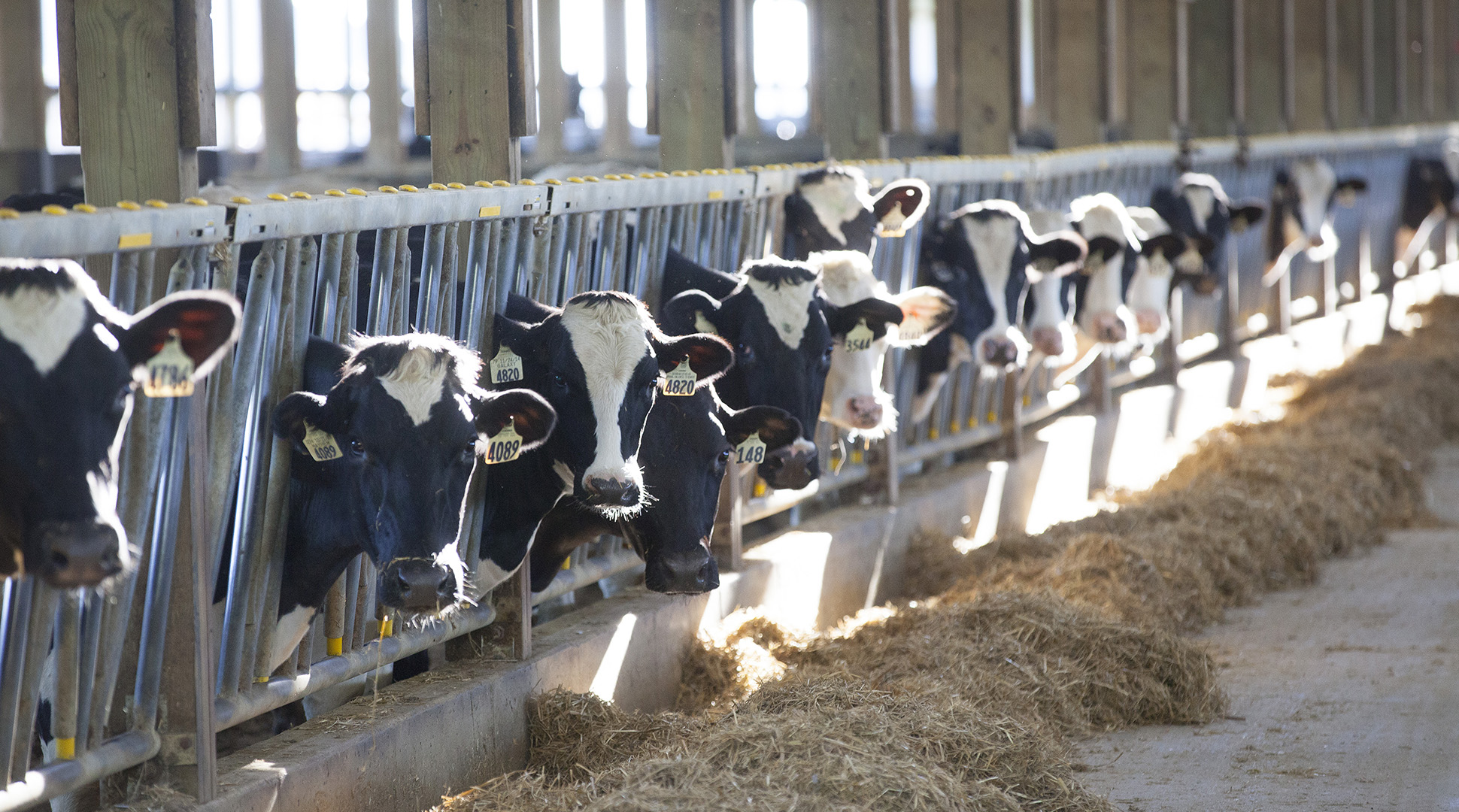article courtesy Best Food Facts
New products that can be added to animal feed are being promoted to reduce greenhouse gas – specifically enteric methane emissions – in dairy and beef production. Are these products safe, and how do they work?
For expert insight, we reached out to Dr. Ermias Kebreab, associate dean for global engagement in the College of Agricultural and Environmental Sciences at the University of California – Davis. Dr. Kebreab has authored more than 200 peer-reviewed publications and conducted extensive research in the use of feed additives to reduce methane emissions from livestock.
In May 2024, the U.S. Food and Drug Administration approved the first such feed additive, known as Bovaer, as safe to feed to cattle.
Is milk from cows who have been fed Bovaer safe to consume?
Dr. Kebreab: “Yes, Bovaer completely breaks down in the rumen. There is no trace of it in milk, so it is completely safe.”
What sort of testing has been conducted to make sure it is safe?
Dr. Kebreab: “There have been about 80 studies conducted with Bovaer, and all have found it to be safe. The product has been tested for safety and effectiveness around the world. It has also been approved by regulatory bodies (mostly independently) in over 60 countries and counting, so it has passed rigorous tests.”
Bovaer was named one of the best inventions of 2024 by Time magazine. These feed additives were developed to help solve an issue that is important to dairy farmers, milk processors and consumers. Cattle have a digestive system that allows them to eat grass, hay and other forages, and turn them into energy. That’s good because it means cows can use land that’s not suitable for growing crops and turn the feed into meat and milk. In the process, the cows’ digestive systems produce methane gas, according to the University of California – Davis’s Clarity and Leadership for Environmental Awareness and Research (CLEAR) Center.
Because methane is a greenhouse gas that can impact the environment, scientists and the dairy community have been searching for ways to reduce the amount of methane emissions from cows.
How does Bovaer work?
Dr. Kebreab: “It works by blocking a reaction that is needed by microbes to convert carbon dioxide and hydrogen into methane. Bovaer is the most studied feed additive in the world and has been shown to reduce methane emissions from cattle by about 30%.”
Does Bovaer have any impact on the cows?
Dr. Kebreab: “The only impact is reducing their methane emissions. There could be some productivity gains, as well.”
How can Bovaer help to make milk production more sustainable?
Dr. Kebreab: “Methane is the biggest contributor to greenhouse gas emissions from the dairy industry. Therefore, reducing methane by 30% helps dairy production become more sustainable.”
Feed additives for cattle can make milk production more sustainable and are safe for animals and people who consume milk and dairy products.
For a deeper dive on your questions about food, farming practices and more, visit this page on Best Food Facts.
